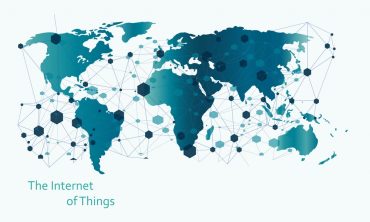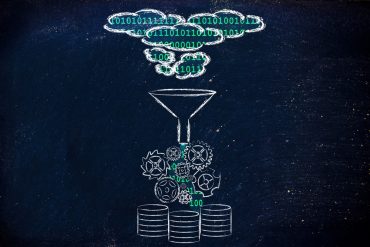
AI and analytics enhance customer experience and cut costs.
When you’re one of the world’s largest telecom providers, your call center representatives field many calls on many different topics. If reps need to constantly hunt for relevant information while working through problems, the costs of such service – and likely frustration of customers waiting on hold – is likely to dig deeply into your bottom line.
At the recent Spark + AI Summit sponsored by Databricks, Jalal Ali, director of data warehouse, business intelligence and analytics for Verizon, described how the company applies AI and analytics to its call center interactions to enhance the customer experience and cut costs.
See also: How Call Centers Use Streaming Analytics for Real-Time Answers
Through AI and machine learning, Verizon now uses real-time predictions to incoming customer calls, assessing the nature of the issue or request, available resources to help, and potential length of the call.
Unified data model provides consistency
Data comes into Verizon from a variety of sources and formats – to the tune of 100,000 data types. There is transactional data, IVR data, online interaction data, chat data, set-top box video data, point of sale data, and all associated notes typed in by sales reps or call center agents. Data is passed through the company’s unified data model to provide the consistency needed to respond to 40 million calls a year, he explains.
Verizon’s team of data scientists has been concentrating on building a model that helps identify and resolve problems within the first five minutes of the call. Prior to implementing AI-driven capabilities, the cost to handle a customer phone call was $2.50 an hour, according to Ali. The average length of a call was 25 minutes. “Do the math,” he says. “It easily runs into hundreds of millions of dollars a year – in some cases, more.”
With AI and real-time responsiveness, he continues, the average time per call has been cut in half, resulting in significant savings.
Ali’s team approached the problem starting with assessing data from all its channels “to understand what is happening with our customers.” Next, the team built its unified data model to integrate both batch-loaded and streaming data, to provide reps a real-time picture of the customer’s history as well as current requirements. The Verizon platform also provides predictive capabilities, providing reps with an idea of the likely amount of time a call will last, Ali says.




























